Pitbull Skin Issues: Vet Care, Prevention and Treatment
Many owners spot red spots, constant scratching, or hair loss and worry. Left unchecked, these common pitbull skin issues can worsen into infections or chronic discomfort. This guide explains why pit bulls are prone to skin trouble, how to spot the difference between allergies, parasites, and infections, and practical, vet-backed steps you can take at home and when to seek professional care.
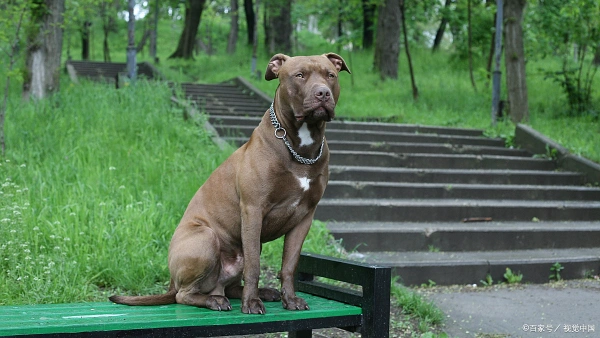
Why PitBulls Develop Skin Problems
Genetic and immune reasons
Pit bulls often have sensitive skin and a tendency toward immune-mediated reactions. A weakened skin barrier or an overactive immune system makes pitbull skin issues more likely when the dog encounters allergens, parasites, or irritants.
Common triggers
Environmental allergens: pollen, mold, dust mites.
Food allergens: common proteins like chicken, beef, dairy, or grain sensitivities.
Parasites: fleas, mites (demodex or sarcoptic), which cause severe scratching.
Skin infections: bacterial or fungal infections may follow scratching or moisture buildup.
Typical Pit Bull Skin Conditions
Allergic Dermatitis
Allergic reactions are the most frequent of the pit bull skin problems. Dogs can react to a single flea bite or to chronic exposure to an airborne allergen. Signs include redness, constant licking of paws, hair loss at the base of the tail, and recurrent ear inflammation.
Atopic Dermatitis
Often hereditary and chronic, atopic dermatitis shows up as repeated itching, scaly skin, and secondary infections. Management commonly combines shampoo therapy, omega-3s for skin health, and targeted veterinary treatment.
Parasitic conditions (Fleas and Mites)
Fleas can cause flea allergy dermatitis — even a few bites may trigger intense itching in sensitive dogs. Mites such as sarcopes cause severe, contagious mange and require veterinary diagnosis and prescription treatment.
Fungal and Yeast Infections
Ringworm (a fungal infection) and yeast overgrowth produce circular hair loss, scaly skin, or greasy, smelly areas—especially in ear folds and skin folds.
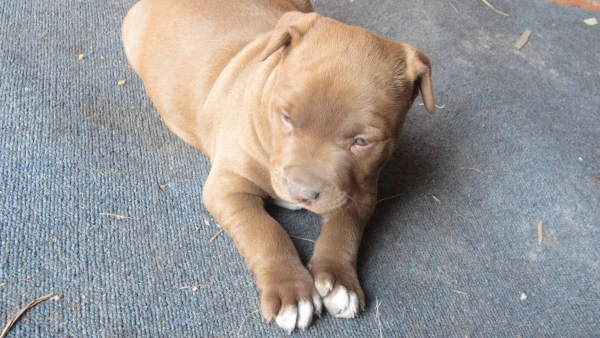
How Pitbull Skin Issues Present — Signs to Watch
Intense or persistent scratching, licking or chewing (pitbull itchy skin).
Red, inflamed patches; scabs or hot spots that appear suddenly.
Localized or generalized hair loss.
Bad odor, greasy skin, or thickened skin folds.
Behavioral changes — restlessness or irritability when touched.
Simple At-Home Care and First Aid
Immediate steps
Check for fleas and ticks; use a flea comb and look for tiny dark "flea dirt."
Gently clean hotspots with mild antiseptic recommended by your vet.
Stop the cycle of licking by using an e-collar if necessary.
Bathing and topical care
Use medicated or soothing baths (oatmeal, chlorhexidine, or antifungal formulas as advised by a vet). Proper pitbull skin care means not over-bathing — usually weekly or as directed — and always fully drying the coat to prevent yeast growth.
When to See Your Veterinarian
Seek veterinary care if your dog has:
Open wounds, heavy discharge or bleeding.
Signs of systemic illness — fever, lethargy, loss of appetite.
Condition that fails to improve within a few days of home care.
Treatments Your Vet May Recommend
Flea control programs (topical or oral) and environmental control.
Skin cytology or fungal culture to identify infections.
Allergy testing followed by immunotherapy if appropriate.
Short courses of steroids or antihistamines for severe flare-ups.
Prescription shampoos (antibacterial/antifungal) and topical ointments.
Note: Never give human medications to your dog without veterinary guidance. Some treatments suitable for people can be toxic to dogs.
Diet, Supplements and Long-Term Skin Health
Diet adjustments
Consider an elimination diet if food allergy is suspected — this is done under vet supervision.
Novel proteins (duck, venison, hydrolyzed diets) may help dogs with multiple food sensitivities.
Supplements to consider
Omega-3 fatty acids (EPA/DHA) help reduce inflammation and support the skin barrier.
Probiotics may support immune balance in some dogs.
Zinc supplementation only if deficiency is confirmed by bloodwork.
Everything Our Vets Recommend
Environment and Grooming Tips
Wash bedding weekly and vacuum carpets to reduce dust mites.
Keep indoor humidity moderate — overly damp environments promote yeast.
Use gentle, fragrance-free detergents for linens.
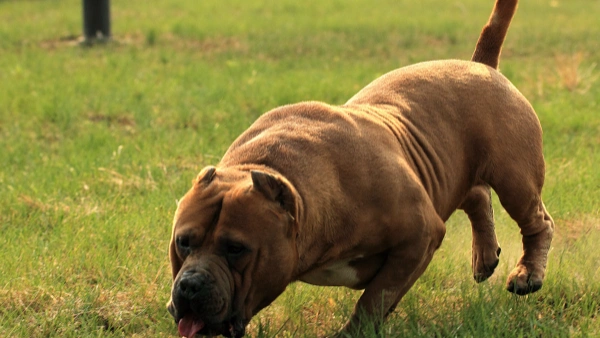
Quick Comparison Table: Common Pit Bull Skin Problems
| Condition | Typical Signs | First-line Action |
|---|---|---|
| Flea Allergy | Tail base hair loss, intense itching | Flea control + clean environment |
| Atopic Dermatitis | Seasonal itching, ear infections | Allergy testing, long-term management |
| Yeast Infection | Greasy, smelly skin | Antifungal baths, control moisture |
| Ringworm | Round hairless patches | Veterinary fungal testing + treatment |
pitbull skin issues FAQs
Can pit bulls be allergic to fleas?
Yes — flea allergy dermatitis is common. Even a few flea bites can trigger severe reactions in sensitive dogs. Strict flea control for the dog and home is essential.
How do I know if my pit bull needs a hypoallergenic diet?
If itching and recurring ear or skin infections persist despite flea control and topical care, your vet may recommend an elimination trial using a novel-protein or hydrolyzed diet to confirm a food allergy.
Are some skin conditions contagious to humans or other pets?
Certain problems like ringworm (a fungal infection) and sarcoptic mange (scabies) are zoonotic and contagious. If you suspect these, isolate the dog and seek veterinary diagnosis and treatment promptly.
When a Problem Is Severe — Red Flags
Widespread hair loss with thick scabs or open sores.
Rapidly spreading lesions or signs of systemic illness.
Poor response to standard flea control, cleaning, or medicated baths.
Summary — Key Takeaways for Managing Pitbull Skin Issues
pitbull skin issues often stem from allergies, parasites, or infections, but many cases respond to structured care: accurate diagnosis, consistent pitbull skin care, targeted flea and parasite control, and diet management when food is involved. Work closely with your veterinarian to create a plan that includes environmental control, appropriate medicated bathing, nutritional support, and follow-up testing when needed. With the right approach, most pit bulls can find relief and enjoy healthier, itch-free skin.
You May Like:
- 10 Pitbull Health Problems You Should Know in 2025 — Tips
- Allergies in Pit Bulls — Causes, Symptoms, and Treatments
- 2025 Picks: Best Dog Food for Pitbulls with Skin Allergies
- Home Guide: How to Treat Flea Allergy Dermatitis in Dogs
User Comments
Does flea treatment kill ear mites too?
Can dogs take human probiotics?
Can dogs have people probiotics safely?
Related Articles
View all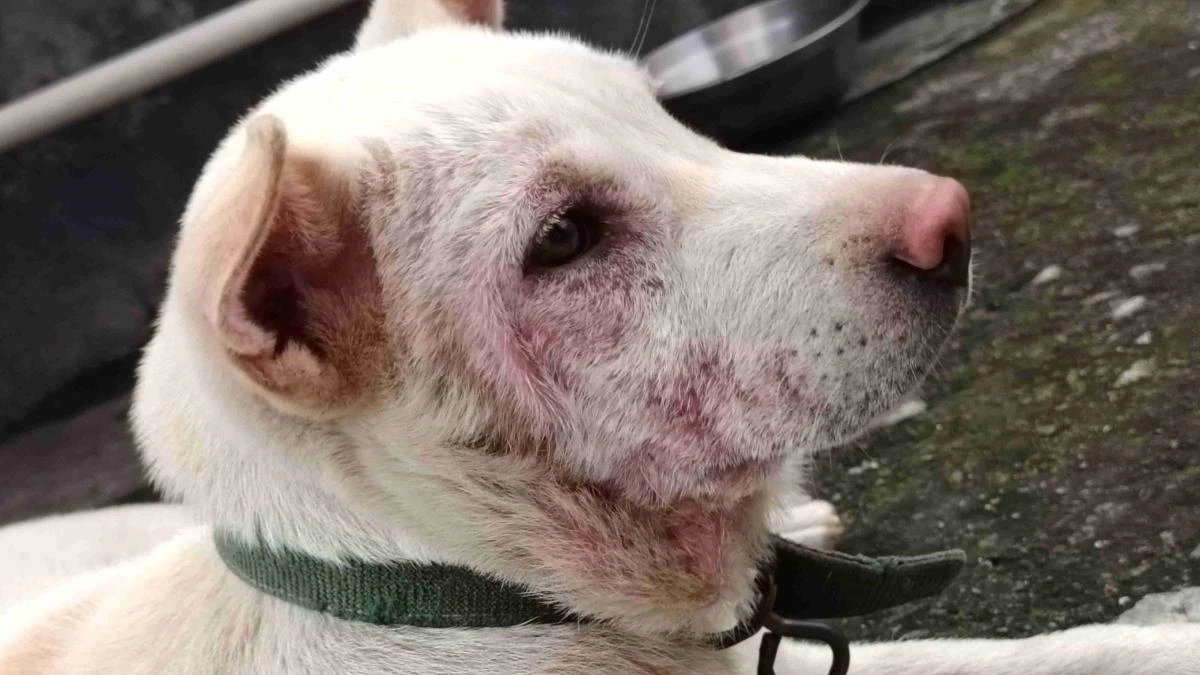
How to Get Rid of Dog Allergies Naturally: Common Mistakes
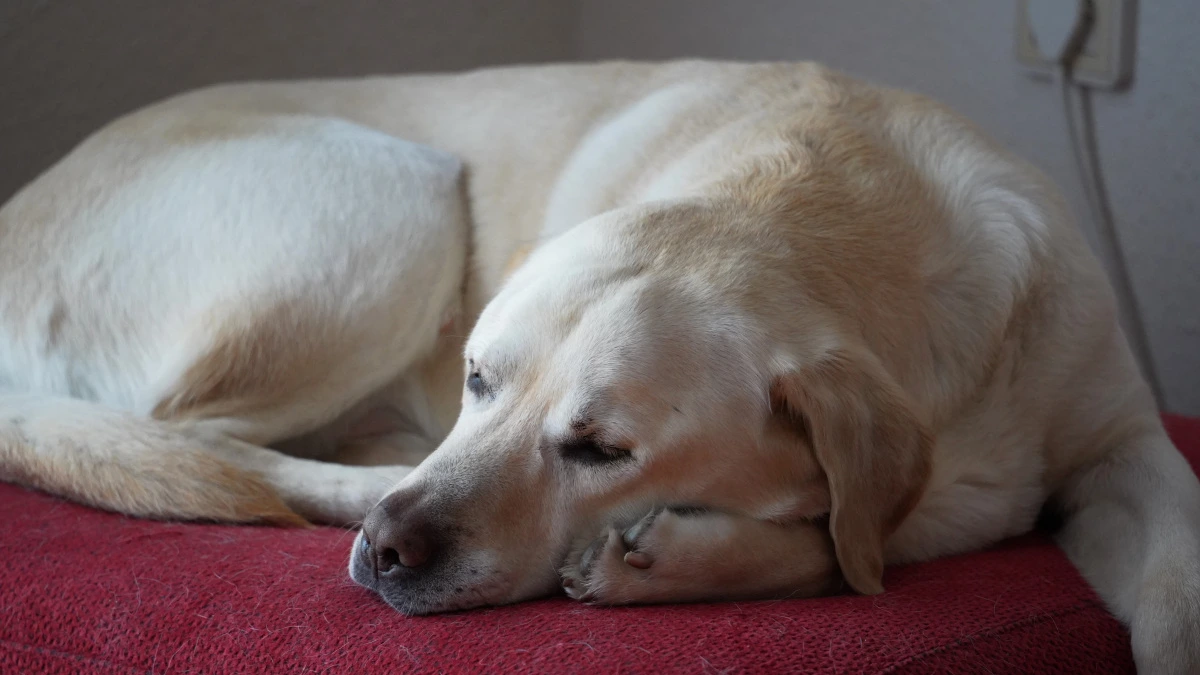
Dog Allergic Reaction Eye Swelling: Hidden Mistakes to Avoid
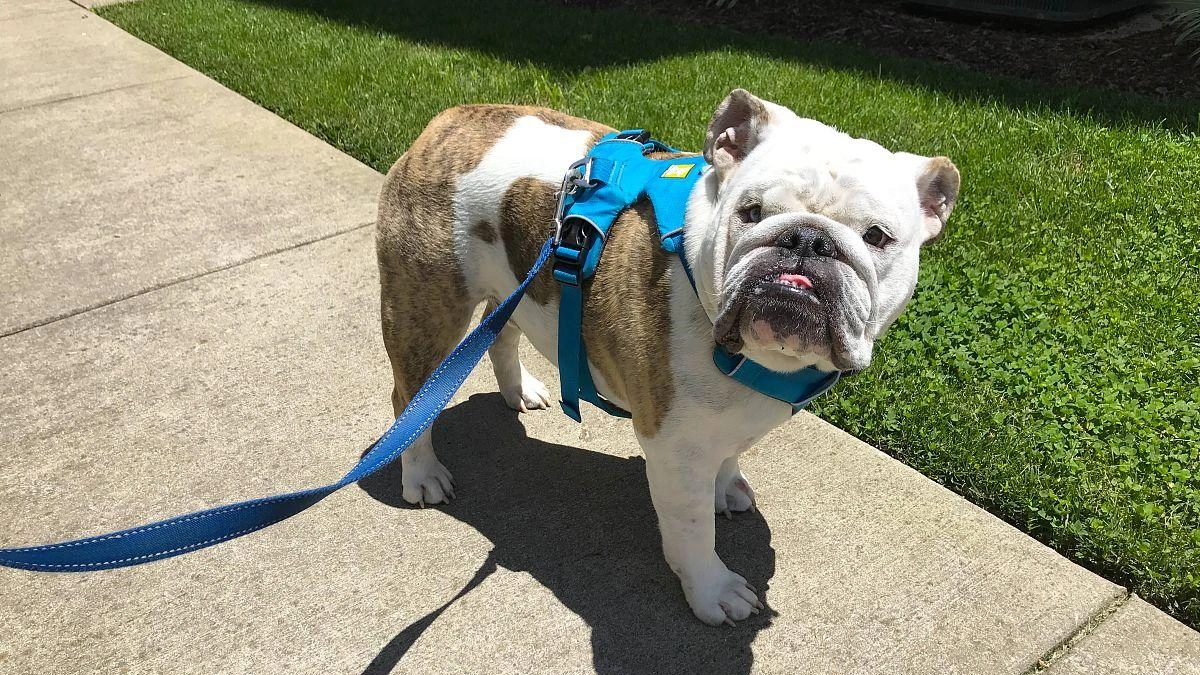
Why Do Bulldogs Scratch? Bulldog Skin Allergies Guide
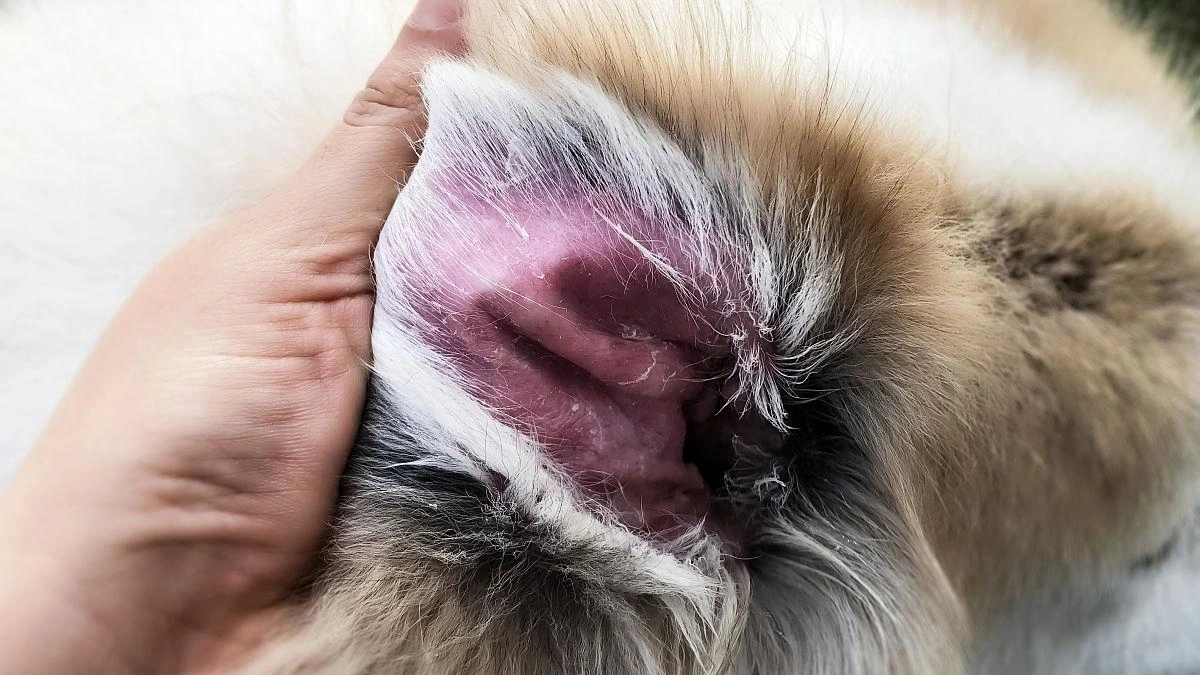
Cure for Dog Skin Allergies Owners Often Miss

How to Get Rid of Dog Allergies Naturally: Common Mistakes

Dog Allergic Reaction Eye Swelling: Hidden Mistakes to Avoid

Why Do Bulldogs Scratch? Bulldog Skin Allergies Guide

Cure for Dog Skin Allergies Owners Often Miss
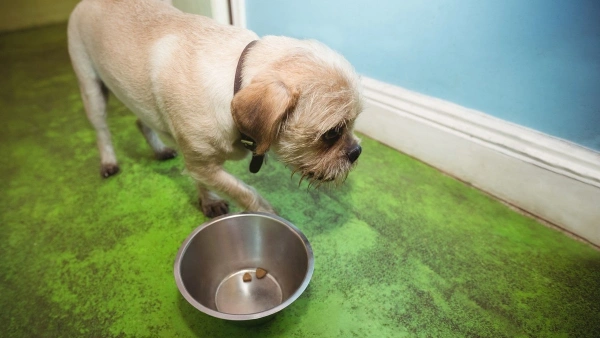
Vet-Recommended Wet Dog Food for Sensitive Stomachs — 2025 Guide
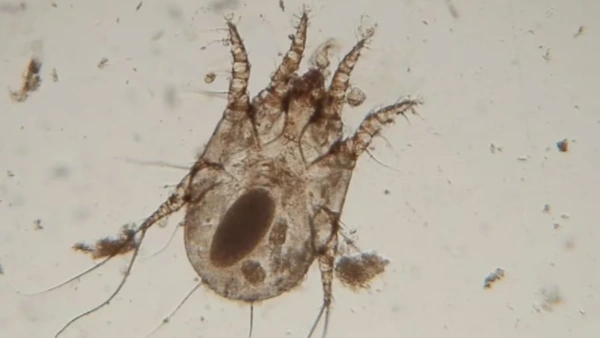
Dog Dust Mite Allergy: Symptoms, Treatment, Prevention
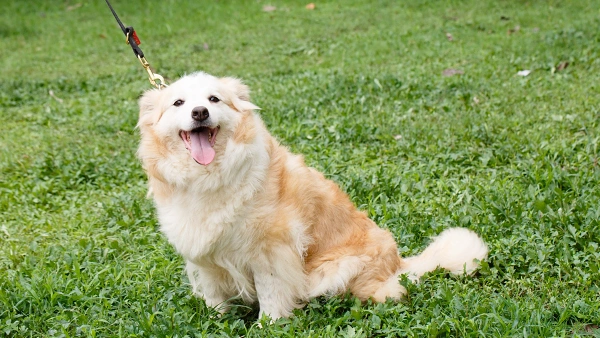
Can Allergies in Dogs Cause Diarrhea and Vomiting? Explained

10 Pitbull Health Problems You Should Know in 2025 — Tips


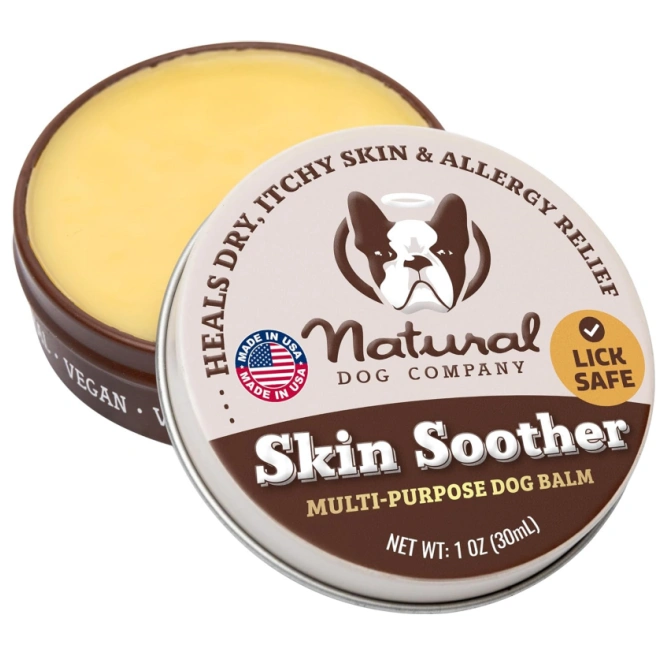
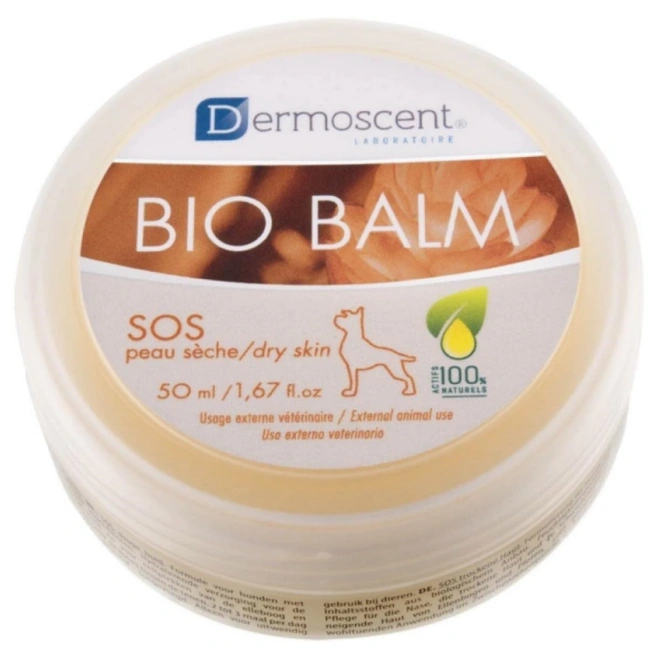
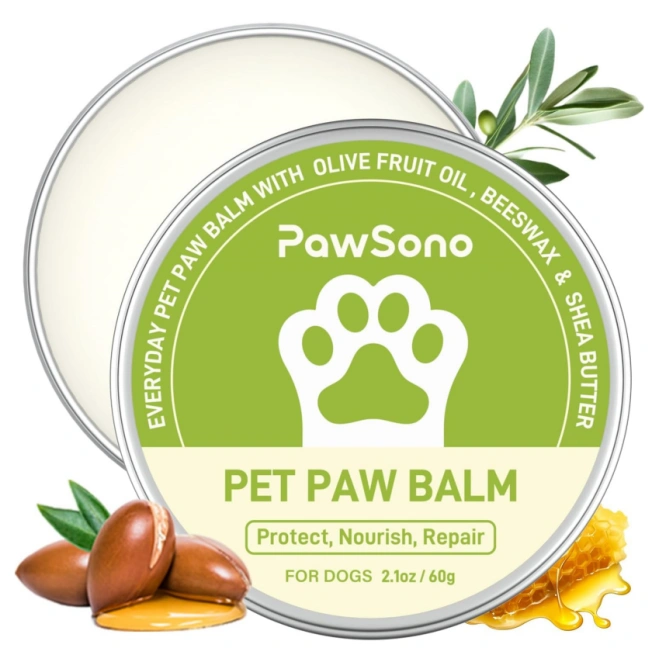
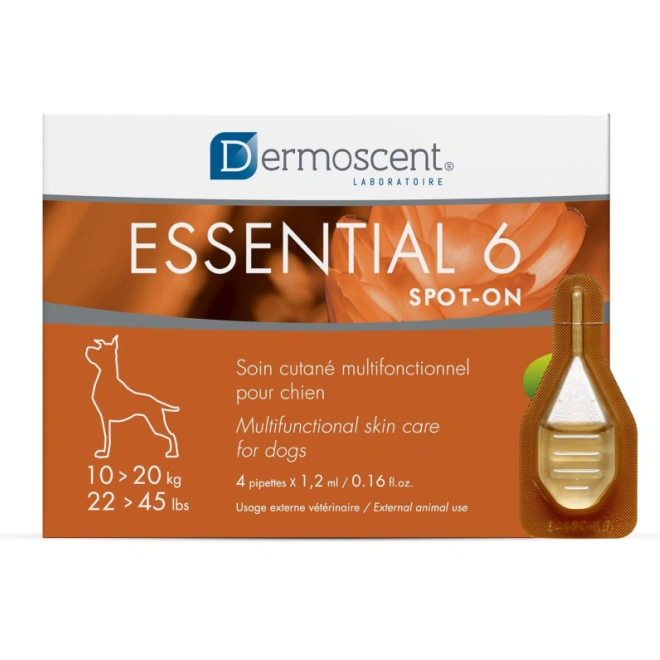








Leave a Reply